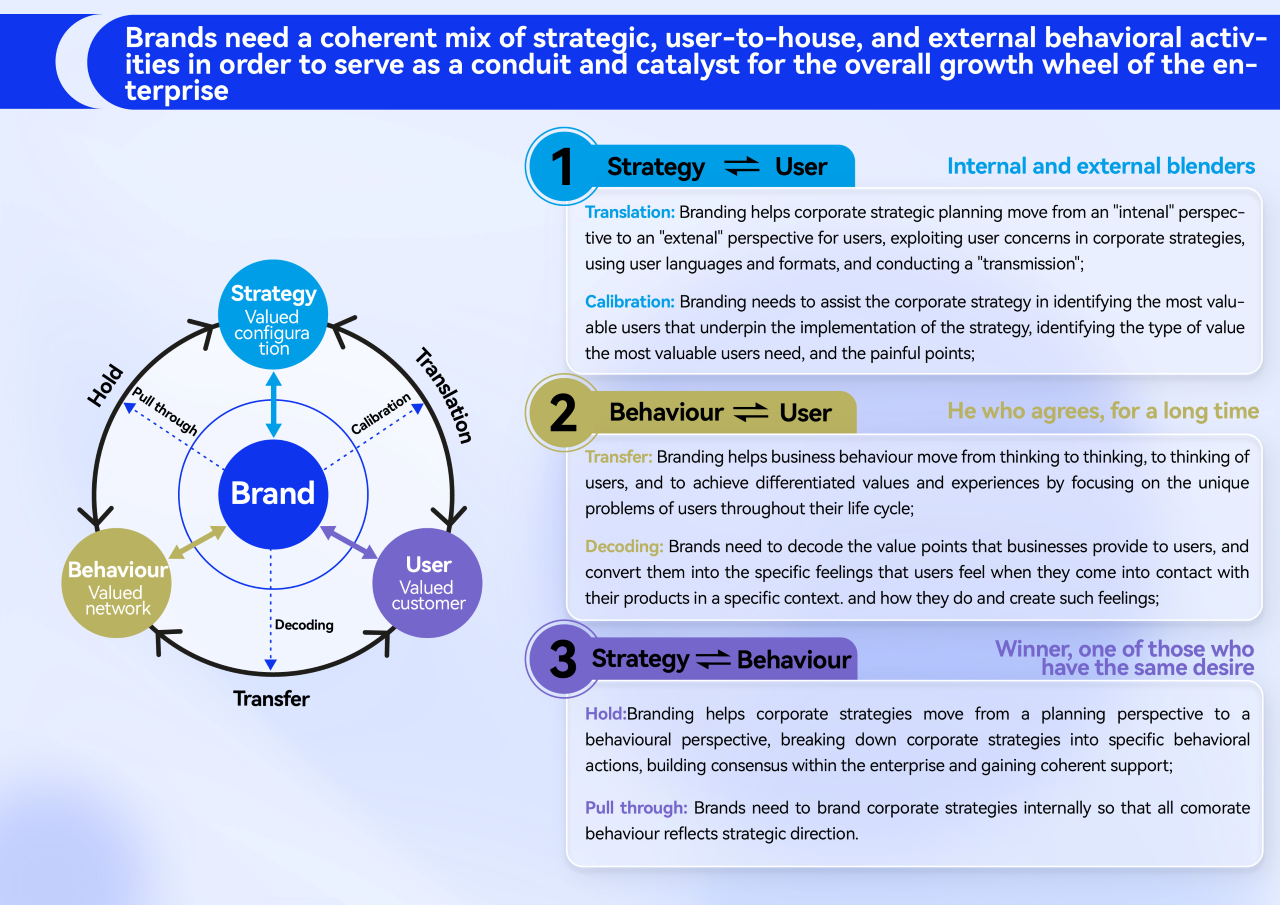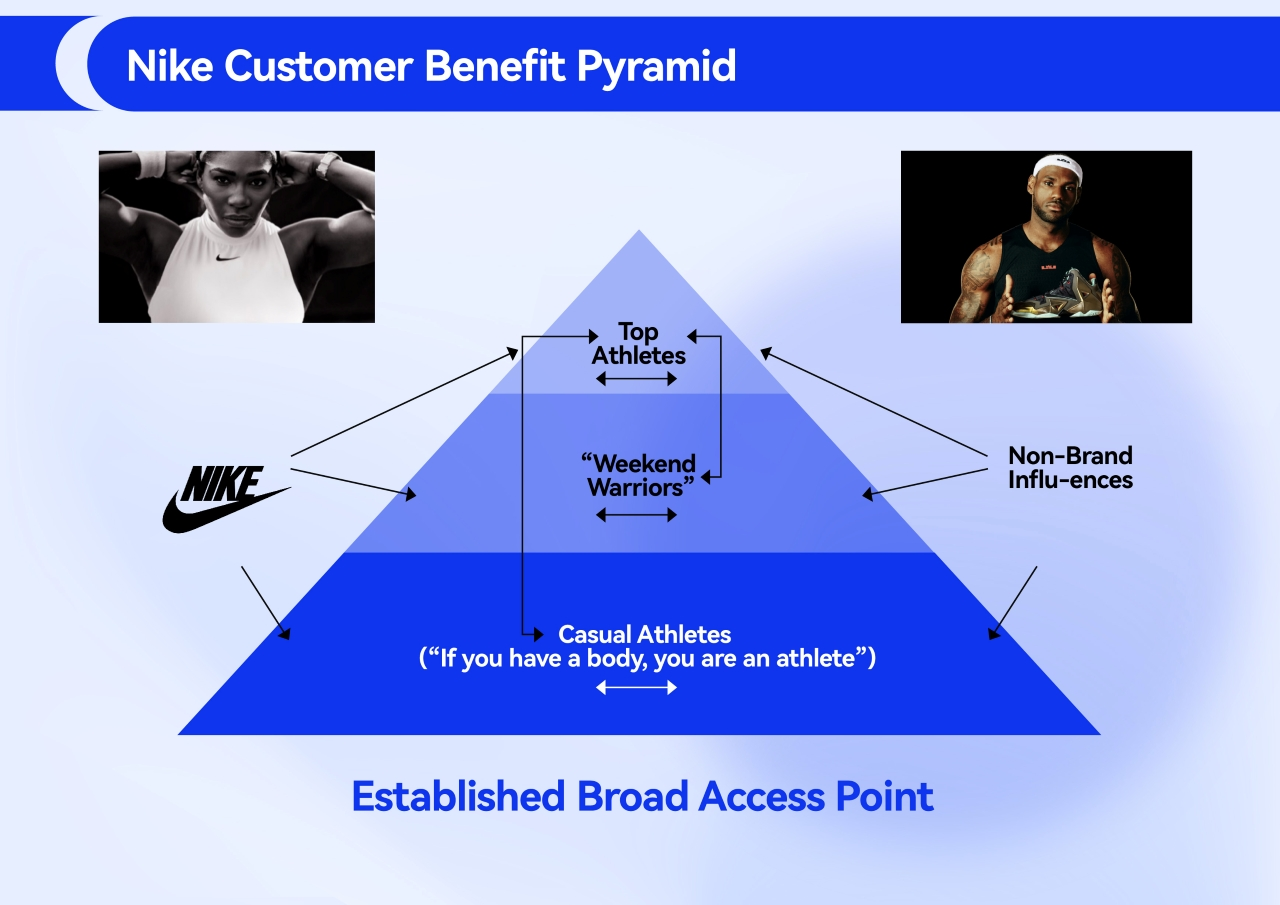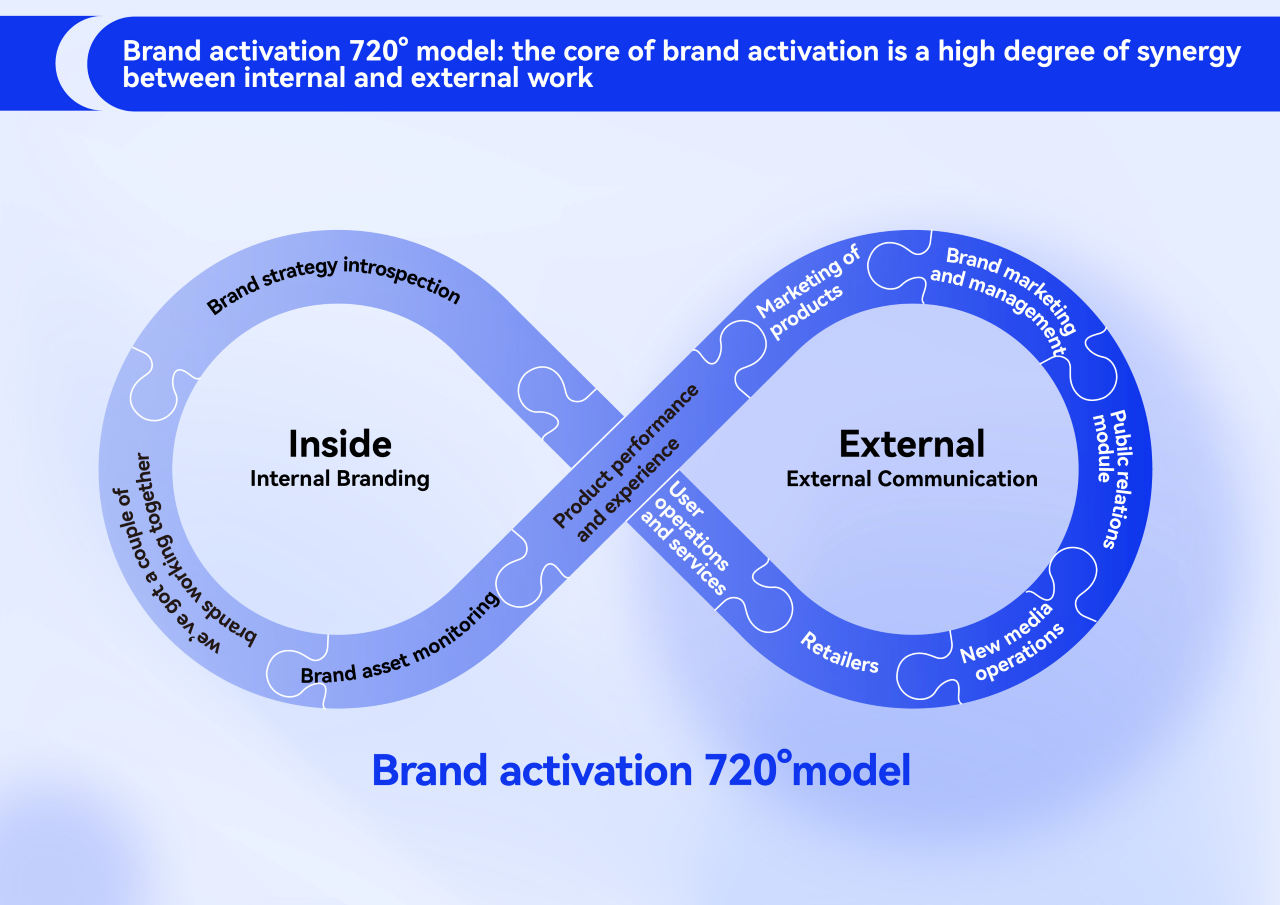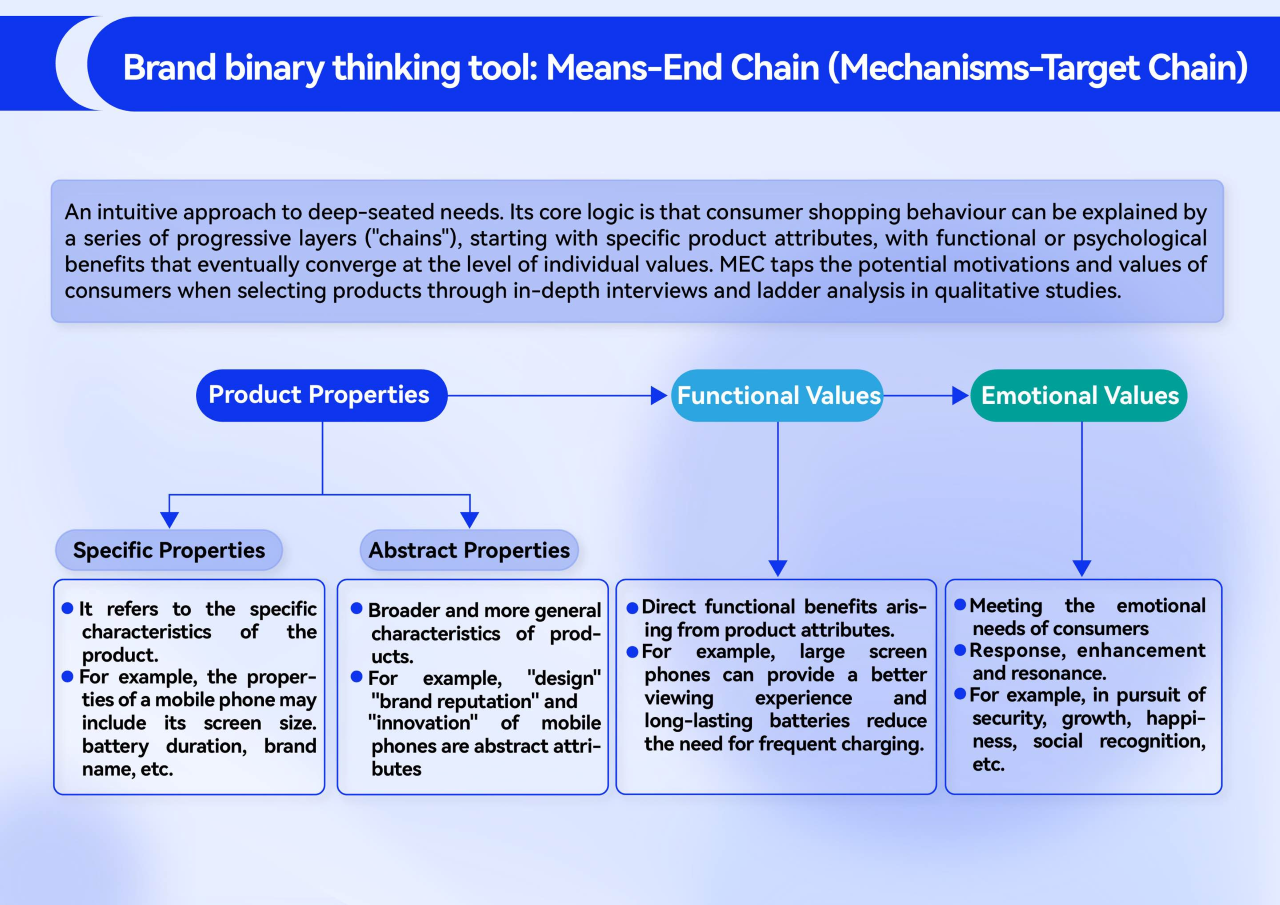What We Address
At the heart of brand strategy is its ability to align internal resources with external market demands, building a unique and differentiated competitive brand advantage. It provides clear guidance for top-level strategic decision-making while fostering internal alignment and momentum. By continuously accumulating brand equity and user equity, companies ultimately achieve brand premium and sustainable business growth, forming a powerful market barrier.
Our Methodology
1. Strategic Alignment Wheel: Corporate Strategy & Brand Strategy
2. Audience Mapping Methodology
- Strategic Foundation: Establish strategic objectives based on industry competition and trends. The core lies in designing relevant and actionable X and Y axes.
- Social Hierarchy Framework: Applied selectively based on industry traits and strategic needs—particularly suited for mass-appeal categories, full price-range coverage, and high-visibility brands.
- Data Sketch: Integrate primary surveys, secondary research, and expert interviews to plot audience segments along the defined axes.
- Persona Illustration: Enrich data-based segments with cultural, behavioral, and category-specific nuances to form final audience portraits.
3. Most Valuable Audience (MVA) Model
Value is defined through three dimensions—Image Value, Revenue Value, and Social Value—tailored and weighted per business context, and validated through expert scoring.

4. Audience Profiling Dimensions
Go beyond demographics. We analyze lifestyle, values, and category-specific traits to deeply understand the core audience.5. Brand Muse Development Logic
The Brand Muse embodies the ideal self of the MVA, derived through macro, meso, and micro insights:- Macro: Cultural trends and zeitgeist
- Meso: Self in relation to life, work, and others
- Micro: Synthesis into an aspirational identity

6. Brand Engagement Pyramid
Test the MVA’s influence over broader groups. If the MVA represents a widely desired ideal, it holds pulling power—guiding final Brand Muse naming and strategy.


7. Brand Strategy House
8. Brand-Customer Relationship Framework
9. Brand Implantation 720° Model
10. Brand Value Duality: Means-End Chain Theory
Consumers connect products to self-identity through:
- Attributes (features, price, design)
- Functional Value (convenience, efficiency, recognition)
- Emotional Value (security, happiness, fulfillment)
A product’s attributes (means) deliver functional benefits that fulfill deeper emotional ends.


Background
While OPPO consistently ranked among the top five globally in smartphone sales, its flagship Find series struggled in the mid-to-high price segment. As one executive noted, “We have what other brands have—we just don’t know how to express it.”Diagnosis
Kotler identified key challenges:
- OPPO sought breakthrough in the mid-high price range
- The brand struggled with a vague overall image and lacked a systematic core platform to serve as a guide for long-term development.
- A unclear brand image and lack of a systematic core brand platform
Strategic Solutions
1. Audience Mapping
We developed an electronics-specific coordinate framework to segment audiences—avoiding generic social media tags—ensuring focus and long-term relevance.
2. Most Valuable Audience Identification
Using a model based on Sales Value, Image Value, and Social Value, we identified audiences critical to OPPO’s strategic goals.
3. Brand Muse: “The Creative Expressor”
Smartphones are social and identity-driven. Through cultural and consumer insight, we defined OPPO’s Muse as an enabler of creative self-expression—in life, connection, and identity.
4. Core Brand Value
OPPO’s role: to make technology elegant, accessible, and human-centered— supporting—not replacing—user creativity. Using the 3C model and MEC tools, we helped crystallize OPPO’s emotional value: companionship.
OPPO becomes the user’s “clued-in friend,” accompanying them through life’s moments with warmth and authenticity.
5. Brand Slogan: “Now is the Time”
Inspired by Camus, this rallying cry embodies the brand’s optimism and alignment with living in the moment, offering flexibility across product lines while resonating with the attitudes of young people.
Conclusion
The OPPO combined strategic vision, end-to-end execution, and operational practicality—from audience strategy and brand positioning to emotional storytelling and implementation.
A brand is not just communication—it is a promise delivered and a relationship built on trust. If your branding efforts feel like mere cost centers, it may be time to rethink your approach.



